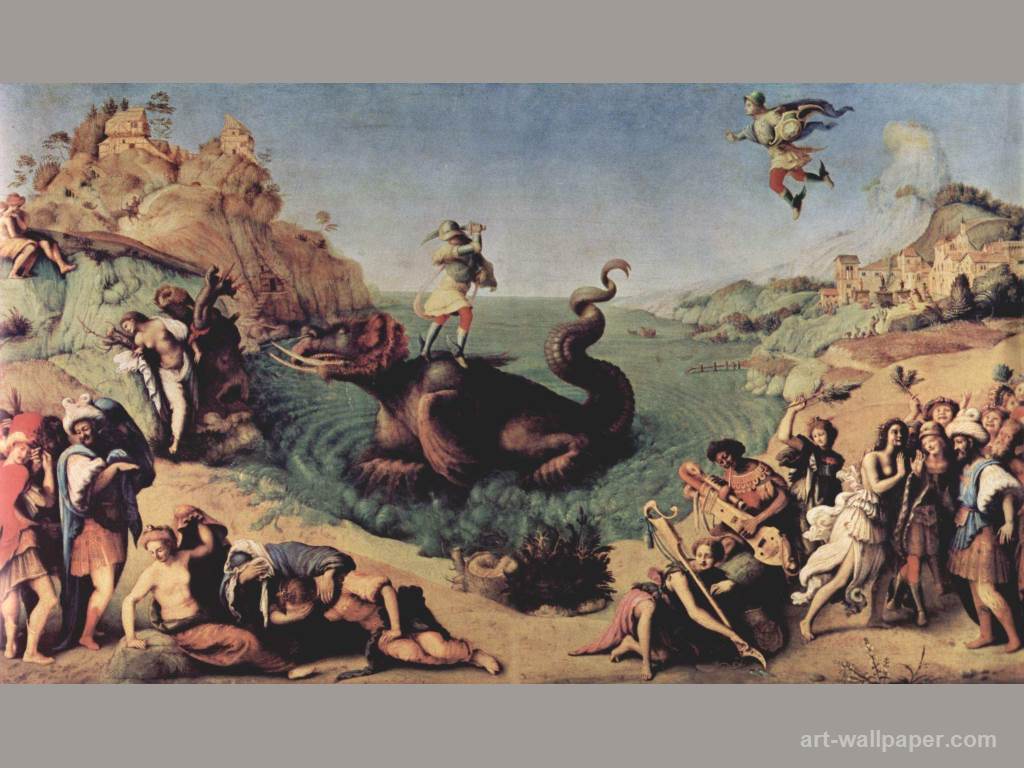
In 1965, Ben Perry, an Aesop scholar and compiler of the Perry Index, concluded that, due to problems of chronological reconciliation dating the death of Aesop and the reign of Croesus, "everything in the ancient testimony about Aesop that pertains to his associations with either Croesus or with any of the so-called Seven Wise Men of Greece must be reckoned as literary fiction." Perry likewise dismissed accounts of Aesop's death in Delphi as mere fictional legends. (Leslie Kurke suggests that Aesop was himself “a popular contender for inclusion" in the list of Seven Sages.) Before this fatal episode, Aesop met with Periander of Corinth, where Plutarch has him dining with the Seven Sages of Greece and sitting beside his friend Solon, whom he had met in Sardis. Plutarch tells us that Aesop came to Delphi on a diplomatic mission from King Croesus of Lydia, that he insulted the Delphians, that he was sentenced to death on a trumped-up charge of temple theft, and that he was thrown from a cliff (after which the Delphians suffered pestilence and famine). The 3rd-century poet Callimachus called him "Aesop of Sardis," and the later writer Maximus of Tyre called him "the sage of Lydia."īy Aristotle and Herodotus we are told that Aesop was a slave in Samos that his slave masters were first a man named Xanthus, and then a man named Iadmon that he must eventually have been freed, since he argued as an advocate for a wealthy Samian and that he met his end in the city of Delphi. A number of later writers from the Roman imperial period (including Phaedrus, who adapted the fables into Latin) say that he was born in Phrygia. The earliest Greek sources, including Aristotle, indicate that Aesop was born around 620 BCE in the Greek colony of Mesembria.

in the latter part of the fifth century something like a coherent Aesop legend appears, and Samos seems to be its home.- Martin Litchfield WestĪ woodcut of Aesop surrounded by events from his life from La vida del Ysopet con sus fabulas historiadas (Spain, 1489) The name of Aesop is as widely known as any that has come down from Graeco-Roman antiquity it is far from certain whether a historical Aesop ever existed .

Depictions of Aesop in popular culture over the last 2,500 years have included many works of art and his appearance as a character in numerous books, films, plays, and television programs. Older spellings of his name have included Esop(e) and Isope. An ancient literary work called The Aesop Romance tells an episodic, probably highly fictional version of his life, including the traditional description of him as a strikingly ugly slave (δοῦλος) who by his cleverness acquires freedom and becomes an adviser to kings and city-states. Scattered details of Aesop's life can be found in ancient sources, including Aristotle, Herodotus, and Plutarch.

Many of the tales associated with him are characterized by anthropomorphic animal characters. Although his existence remains unclear and no writings by him survive, numerous tales credited to him were gathered across the centuries and in many languages in a storytelling tradition that continues to this day. 620–564 BCE formerly rendered as Æsop) was a Greek fabulist and storyteller credited with a number of fables now collectively known as Aesop's Fables. 56)Delphi, GreeceNationalityGreekGenreFableNotable worksNumber of fables now collectively known as Aesop's FablesĪesop (/ˈiːsɒp/ EE-sop or /ˈeɪsɒp/ AY-sop Greek: Αἴσωπος, Aísōpos c. For other uses, see ESOP (disambiguation) and Aesop (disambiguation).ĪesopΑἴσωπος (Aisōpos)Plaster cast of a Hellenistic statue thought to depict Aesop original in the Art Collection of the Villa Albani, Rome.Bornc.


 0 kommentar(er)
0 kommentar(er)
